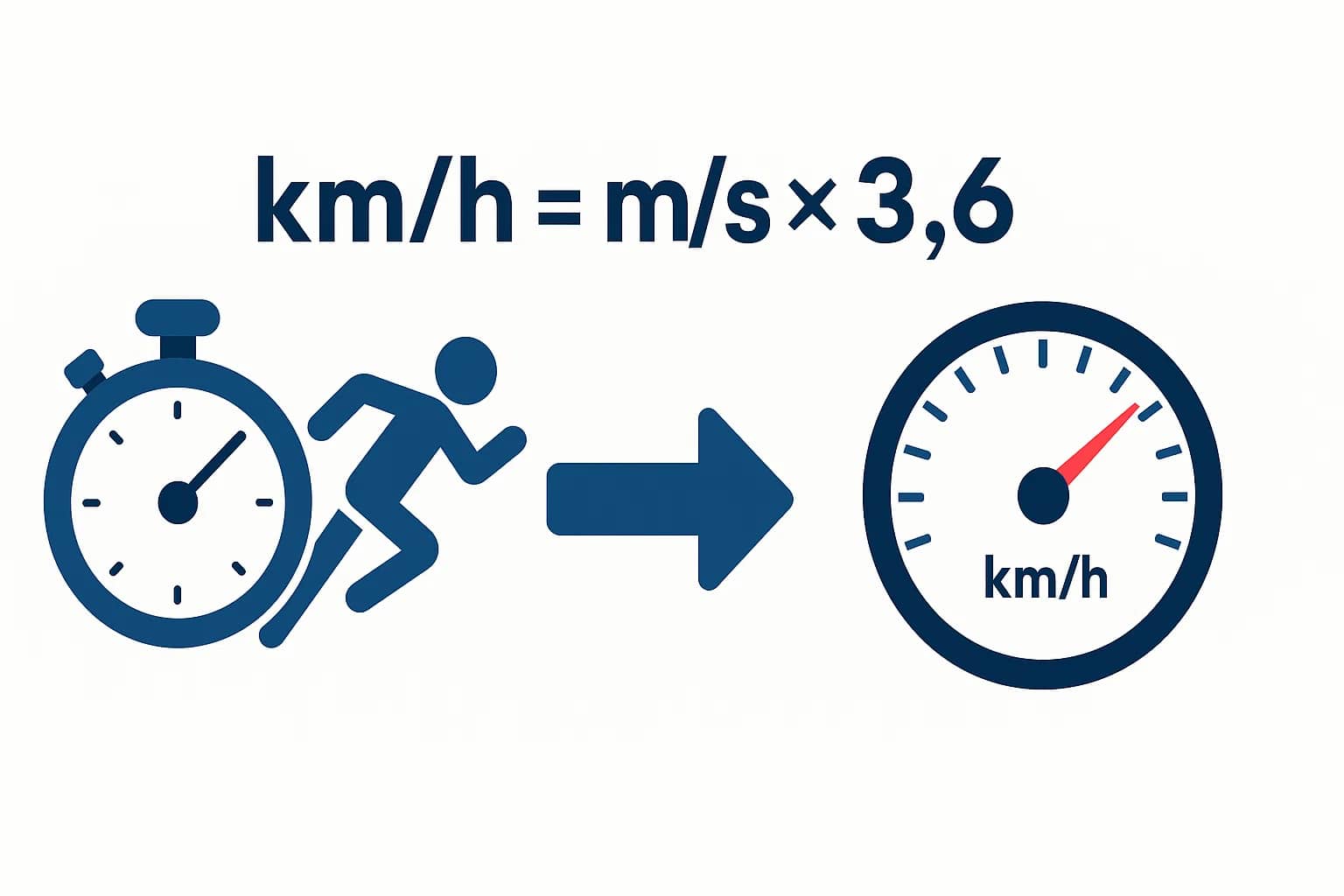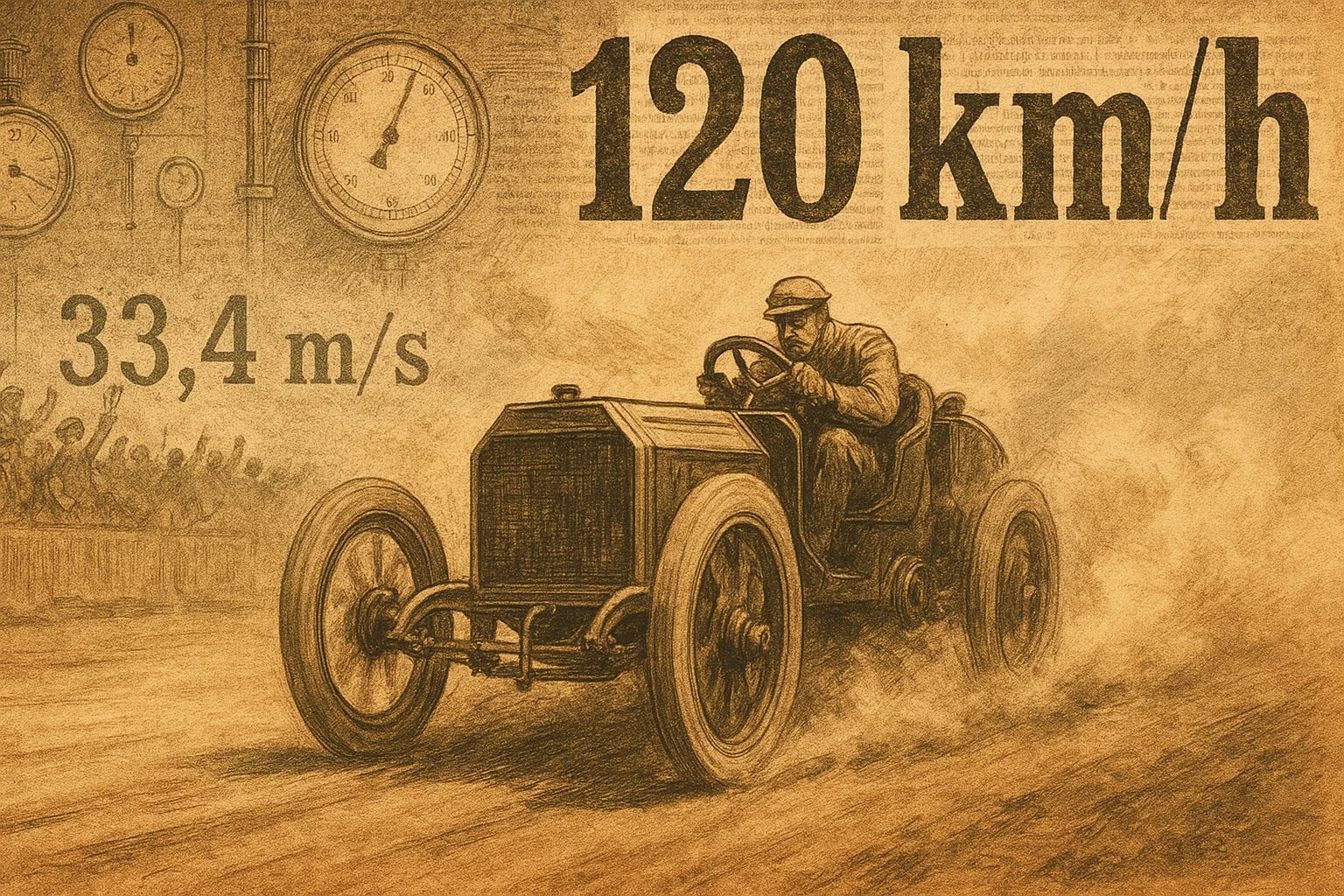meter per second to kilometer per hour – How to convert m/s to km/h
The meter per second is the SI unit of speed, widely used in physics and engineering. The kilometer per hour is more common in everyday life — on road signs, car dashboards, and travel schedules. That’s why converting meter per second to kilometer per hour is such a frequent task. From athletics to transport, this conversion bridges scientific precision and practical use.
What is a meter per second (m/s)?
A meter per second shows how many meters are traveled in one second. It’s the official SI unit for speed, perfect for physics equations and accurate calculations.
What is a kilometer per hour (km/h)?
A kilometer per hour represents how many kilometers are traveled in one hour. It’s the standard for most countries when measuring driving speed, rail travel, and traffic laws.
How to convert meter per second to kilometer per hour
Kilometer per hour (km/h) = Meter per second (m/s) × 3.6
Example:Kilometer per hour = 15 m/s × 3.6 = 54 km/h

If you’d rather skip the math, try the Speed Converter on Jetcalculator. You can also explore more at Conversion Tools.
Do you know?
-
About meter per second: Olympic sprinter Usain Bolt hit a peak of 12.4 m/s in his world-record 100 m run. That’s 44.6 km/h when converted.
-
About kilometer per hour: Japan’s Shinkansen bullet trains regularly operate at 320 km/h — about 89 m/s — making them some of the fastest passenger trains in the world.
When Speed Records Crossed Units
In 1902, the first official automobile land speed record was set by French driver Gaston de Chasseloup-Laubat at 33.4 m/s. Newspapers, however, reported it in km/h — about 120 km/h — to make it easier for the public to understand.

This early mismatch showed the importance of conversions. Scientists preferred m/s for precision, while the public connected more with km/h. That tension between exact units and practical language shaped how we report speed even today, from car specs to athletic performances.
Numbers That Travel With Us
From sprint tracks to high-speed trains, m/s to km/h conversion is more than simple arithmetic. Multiplying by 3.6 turns raw numbers into everyday language — whether you’re timing an athlete, reading a train timetable, or calculating vehicle performance. Just like in 1902, conversions keep science and society moving at the same pace.

